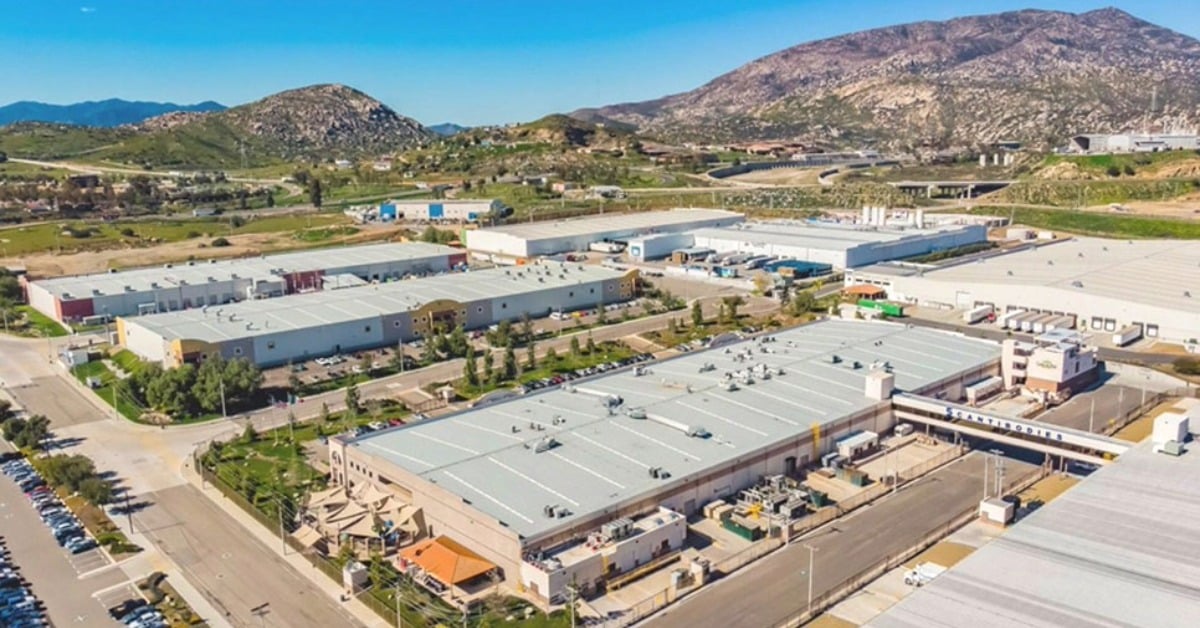Mexico’s industrial real estate sector is surging, propelled by the “nearshoring” trend of companies relocating supply chains closer to home . . .


Mexico’s industrial real estate sector is surging, propelled by the “nearshoring” trend of companies relocating supply chains closer to home . . .

